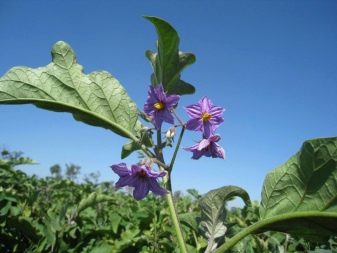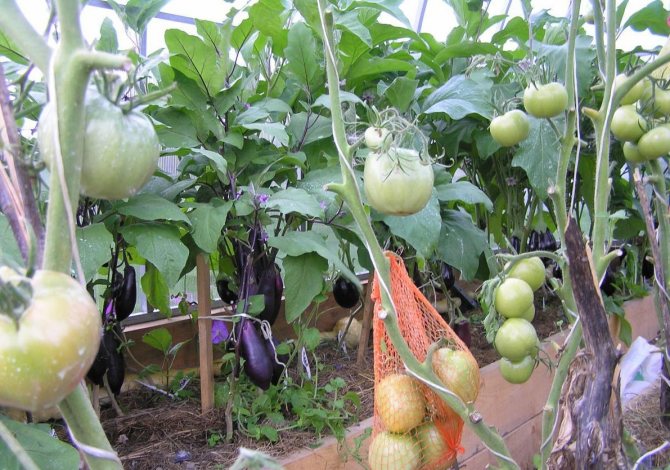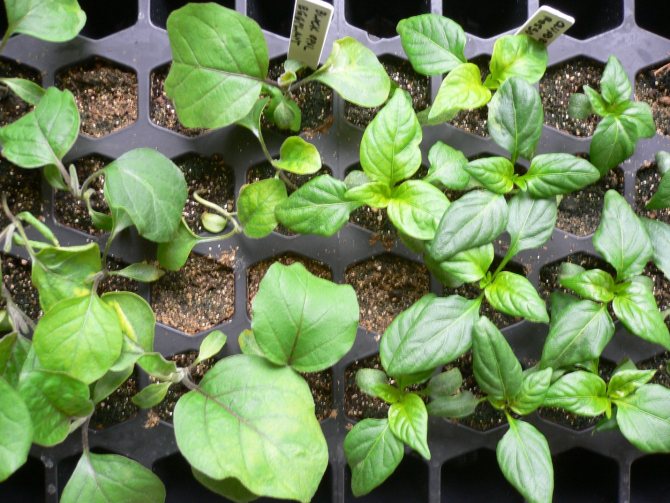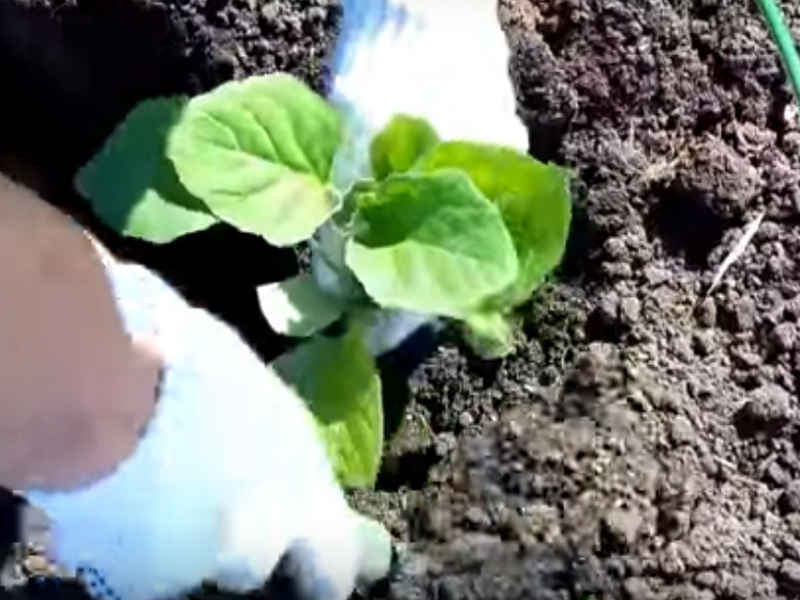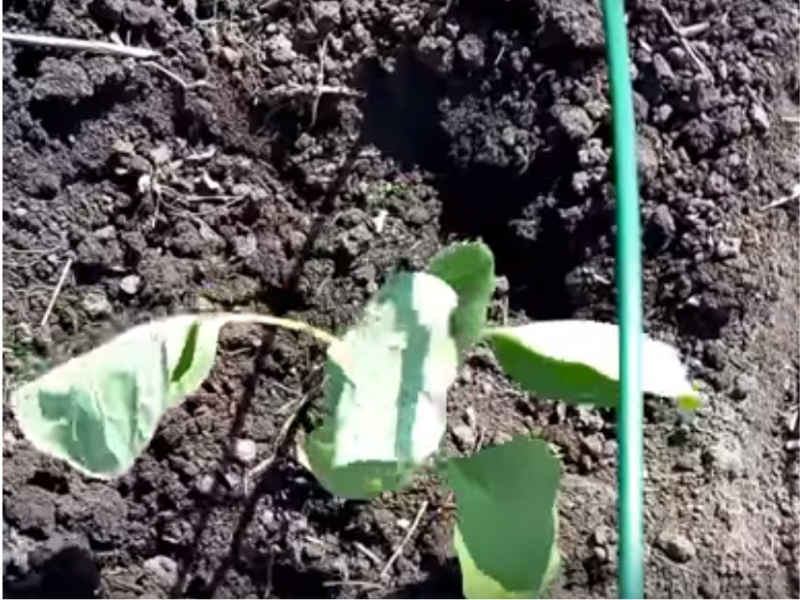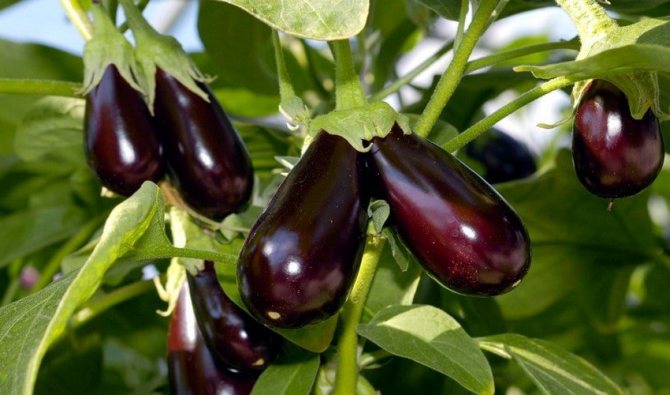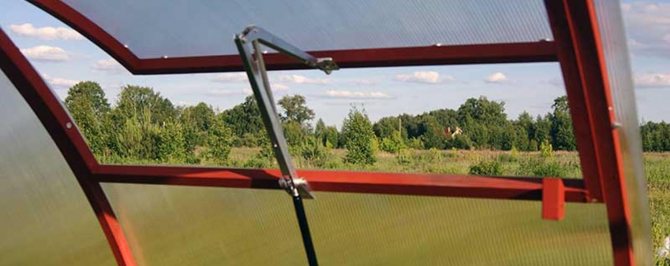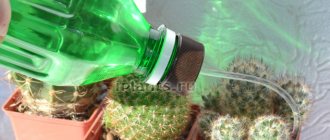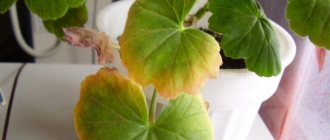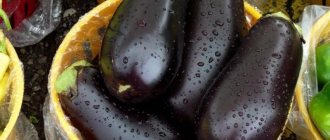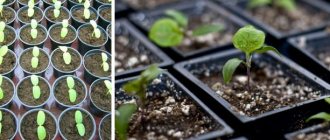Eggplants, lovingly called blue, belong to one of the nightshade crops loved by summer residents. Despite the fact that the southern regions are considered the homeland of the plant, even a novice vegetable grower is able to get a bountiful harvest of blue in the climate of the middle zone.
From each bush, 5 to 25 ripe fruits are harvested. In order to stimulate the fruiting organs and contribute to the formation of as many ovaries as possible, experienced gardeners use root and foliar dressings that improve the nutritional conditions for eggplants.

Feeding eggplant seedlings
Not every gardener succeeds in growing good seedlings, but it is the seedling method that grows eggplants in the northern and middle regions. So you need to know exactly how to feed young shoots so that they develop quickly and correctly.
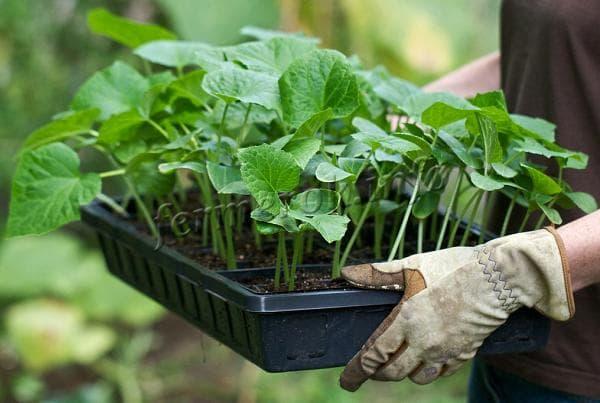

Photo growing eggplant seedlings at home
Eggplant seedlings for the entire ripening period of the sprouts need to be fed about 3 times. Although many gardeners use 1 top dressing and grow good plants. Why is that? Because the quality of seedlings depends not only on fertilizers, but also on general care, lighting, room temperature, soil and seeds. So it is not necessary to often feed the seedlings - you need to look at their condition and, if something happens, immediately respond with retaliatory measures. In any case, the first feeding of eggplants should be carried out no earlier than 20 days after the emergence of sprouts!
- A glass of wood ash is stirred in a liter of boiling water and insisted for at least one night. The water is then filtered and diluted in a bucket of water to reduce the concentration. Pour 20 g of the resulting solution under each sprout. This will slow down the pulling out of the seedlings and increase the nutritional value of the soil. The procedure is repeated no earlier than half a month later.
- 3-4 banana skins are poured with 1.5 liters of boiling water and infused for 3 days. Used under the root to enrich the sprouts with potassium.
Important!
To feed eggplants not often, you need to plant them in well-fertilized soil. It is recommended to add 400 g of humus to the planting holes - this will be an excellent feed for the culture.
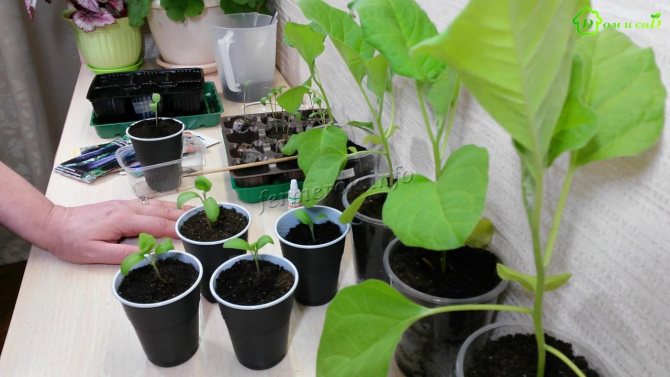

Photo of eggplant seedlings. Eggplant seedling care and picking
- After picking seedling sprouts in separate cups, it is necessary to feed the sprouts with complex minerals, for example "Ideal" or "Kemira Universal". To prepare the working composition, 5 liters of water are taken for a teaspoon of one of these preparations. Solutions can be used every 12-16 days.
- 3 g of superphosphate and 1 g of urea are mixed in a liter of water. The resulting substance is poured under the root.
- If the seedlings have stopped growing, and the leaves have begun to change color, the preparation "Senior Tomato" or "Ideal" is used according to the instructions.
- Agricola Forte and Breadwinner are used to strengthen the root system.
It is also worth noting that the biological preparations "Healthy Garden", "Bioton" and "Biohumus" are well suited for feeding eggplant seedlings.
Garden bed preparation
The blue ones love well-fertilized soil. The eggplant site is being prepared in the fall. After harvesting the remnants of fruiting plants from the site, organic matter is scattered over all the beds:
- deciduous humus;
- compost;
- manure;
- chicken droppings.
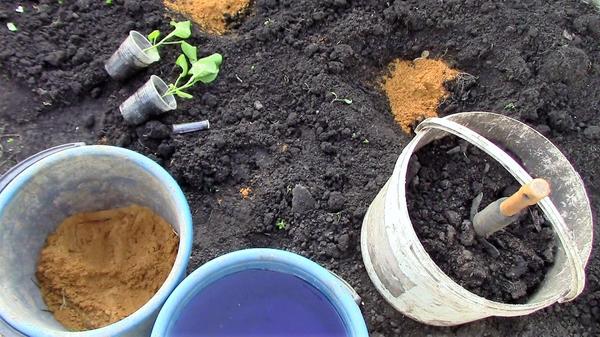

Garden bed preparation
How to feed eggplants after planting in a greenhouse
The garden is dug up so that all organic fertilizers are under a layer of earth. In the spring, the beds are weeded and the soil is dug up again. Before sowing seeds, the beds are preventively treated against pests and pathological fungi.
Before planting seedlings on garden beds, the land is treated with antiseptics, it can be:
- manganese solution;
- infusion of garlic;
- solution of iodine and brilliant green.
The soil can be irrigated with any antiseptic agent purchased from a specialized store. In addition, vegetable growers recommend pouring at least 1 liter of boiling water into each hole an hour before planting seedlings. Preventive soil treatment will help to avoid infection of plants with fungi and infectious diseases.
Important! The blue ones grow well in warm beds, where, due to the lower layers of the soil, consisting of compost, manure and peat, heat is released, warming the soil to the temperature required for eggplants.
Above the insulated flower beds, wire or plastic arcs are installed on which a film shelter is attached. In the daytime, the film is opened to ventilate the beds. The shelter is removed when the warm weather is fully established.
Feeding eggplants with iodine
Check out these articles as well
- Why chickens lay small eggs
- Greenhouse butterfly
- The best varieties of cucumbers for pickling
- The best marinated zucchini recipes
Iodine is no less useful for plants than for humans. If the eggplants lack it, the fruits will decrease, the plant will slow down its growth, flowering, and its resistance to diseases and pests will decrease. The first feeding of eggplants with iodine can be carried out for seedlings. For this, only a drop of iodine is taken for 10 liters of water. The solution is mixed and used for irrigation instead of water once.
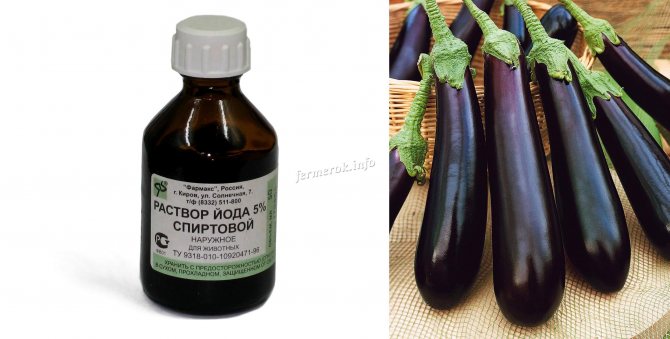

Photo of iodine and the result of eggplant growth
You can also use such a solution for cultivating the land in a greenhouse or for picking eggplant sprouts, but no later than 15 days before planting. This will disinfect the soil and increase the seedlings' resistance to bacteria and fungal spores.
Features of culture
The conditions of care and cultivation that are required for eggplant are similar in their agricultural technology to those that are needed for sweet peppers. Since these members of the nightshade family are native to hot tropical regions, they are very fond of high soil moisture. If the eggplants do not have enough moisture in the soil, their growth is inhibited, few ovaries appear, and too small fruits are formed.
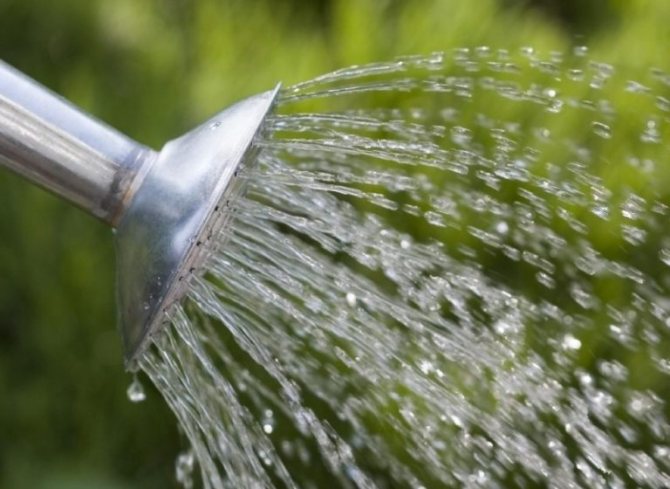

This plant is overly whimsical to soil fertility and air permeability, to lighting conditions, soil moisture and air.
How to feed eggplants after planting seedlings?
After the eggplant seedlings are planted in a permanent place, you can make the first top dressing. It is usually done about a week after planting so that the crops have time to take root.
- Take 30 g of superphosphate, 30 g of ash, 15 g of ammonium sulfate, scatter it on the ground and carry out weeding so that the fertilizer penetrates at least a little into the soil. The specified amount of minerals is taken per square meter of the garden. With watering and rains, they will gradually dissolve and penetrate deep into the ground.
- 65 g of superphosphate and 30 g of potassium salt are poured into 10 liters of water and mixed - watered under the bushes.
- 20 g of Kristalon or Kemira-Lux fertilizer is diluted in 10 liters of water. After the agent has dissolved, 0.5 liters of fertilizer is poured under each bush.
- A liter of mullein infusion is mixed with 0.5 liters of chicken manure extract, a glass of ash and 10 liters of water. After the ingredients have been mixed, the solution is diluted with water in a ratio of 1: 5 and the eggplants are watered.
What fertilizers are used?
Eggplants are fed with different types of fertilizers, which differ in their composition, principle of action, cost, environmental friendliness and other properties.
Organic
Organic fertilizers have a positive effect not only on the development of eggplants, but also on the condition of the soil.
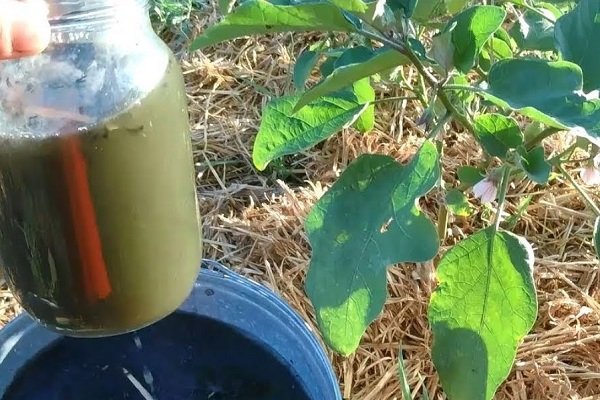

The most popular organic fertilizers:
- Manure solution. Manure is mixed with water in a ratio of 1:10, bird droppings - 1:20. The solution is insisted for one week.
- A solution of manure and grass. Crushed weeds are placed in a large container, manure solution and water are poured in (1: 1: 10). For 1 liter of solution add 50 g of wood ash. Insist one week. Before use, dilute with water (1: 3). For each eggplant bush - 1 liter of solution.
It is not recommended to feed vegetable crops with fresh manure - it is too concentrated and will cause an excessive build-up of green mass. In this case, the formation of fruits will be inhibited.
Eggplants can also be fed with humus, compost, ready-made organic fertilizers - "Bioton", "Gumi-Omi" and others.
Mineral
The main feature of mineral fertilizers is a high concentration, and a serious drawback is the ability to accumulate in the fruits of plants.
When choosing a mineral fertilizer, the following factors are taken into account:
- plant vegetation stage;
- needs for a specific element - determined by the appearance of the plant;
- soil characteristics.
The most effective and affordable fertilizers:
- Ammonium nitrate. Used as nitrogen fertilizer for seedlings. Can be combined with potassium sulfate - if nitrogen-potassium nutrition is required, with phosphate rock - if nitrogen-phosphorus nutrition is needed. Ammonium nitrate is mixed with superphosphate immediately before introduction. Fertilizer must not be combined with urea.
- Urea (urea). Used for nitrogen injection. Foliar application is allowed. It is advisable to apply separately from other mineral fertilizers. Urea can be added to the slurry to increase the nitrogen content, but it is not recommended to mix it with ash.
- Ammonium sulfate. Suitable for spring feeding, as it contains a lot of nitrogen in an easily digestible form. It is forbidden to combine with potassium nitrate and superphosphate. Mixing with manure is allowed. It is necessary to add ammonium sulfate to the manure solution right before applying to the soil.
- Potassium nitrate... Used during flowering. Contains potassium (13%) and nitrogen (45%), therefore it is not suitable for application at the stage of fruit ripening. It is forbidden to mix with other mineral sources of nitrogen, with manure and ash. It is possible to combine with superphosphate, but only before the very introduction into the soil.
- Superphosphate. An excellent source of phosphorus, which is used only on soils with normal acidity. On acidic soils, sodium monophosphate or potassium monophosphate is used.
- Potassium sulfate. Effective potash top dressing. Can be applied at any stage of the growing season. It is allowed to combine with any fertilizers containing nitrogen, it can be added to manure, ash, superphosphate. Dissolved potassium sulfate can be added to phosphate rock, but the mixture must be used immediately, it cannot be stored.
Complex
The complex mineral fertilizers contain all the substances and trace elements necessary for the development of eggplants.
The most popular complex fertilizers:
- Kemira Universal;
- "Ideal";
- Agrocola-Forte and others.
When feeding eggplants with complex fertilizers, it is important to strictly observe the dosage, since an excess of nutrients is also harmful to plants, as is their lack.
Top dressing eggplant in the open field
We recommend reading our other articles
- Carrot variety Queen of autumn
- Temperature conditions for incubating quail eggs at home
- Zucchini variety Rolik
- Rabbits of breed Gray Giant
To obtain strong plants and a rich harvest, fertilizers are applied for adult eggplants every 14 days. But do not take this as a golden, persistent rule.It is advisable to monitor the crop and feed it when it needs it, especially since the weather does not always allow feeding in the open field.
Feeding eggplants in the open field is carried out several times. It was said above about feeding seedlings after planting. But what to do next? After the culture is planted in a permanent place and fed with a nutrient solution, you need to give it time to grow and develop. Approximately during the flowering period or a few days before it, it is necessary to carry out one dressing. For this, organic matter is used: herbal infusion, mullein, droppings. Most often, mullein is taken. A kilogram of raw materials is diluted in 10 liters of water. After a week of infusion, watering is carried out - 500 ml under a bush.
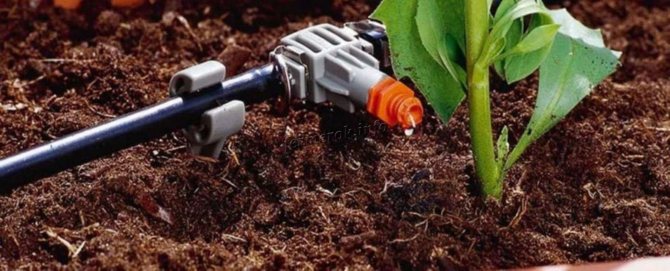

Photo of watering eggplants in the open field
If the gardener chooses herbal infusion, then you need to pick up greens (nettle, dandelion, plantain and other similar herbs), chop it. A kilogram of grass is poured into 10 liters of water and waited for a week until it is infused, and then watered in a half-liter jar under a bush.
Important!
During the setting and ripening of fruits, eggplants spend a lot of energy, so it doesn't hurt to feed them with a useful infusion or mineral solution. But in order not to harm the crop, you should strictly adhere to the cooking recipe!
When the ovaries appear, you can carry out another feeding.
- In 10 liters of water add 30 g of foskamide and 15 g of superphosphate. The solution is used only for unprotected soil!
- 0.5 kg of wood ash is taken per square square and scattered on the ground, it can be mixed with water and watered.
- 20 g of potassium chloride, 70 g of superphosphate and 70 g of urea are mixed in 10 liters of water and used as directed.
- 2 teaspoons of superphosphate and the same amount of potassium salt are poured into 10 liters of water and, after mixing, are used for irrigation.
- For 10 liters, a teaspoon of potassium sulfate is taken, mixed, and the plants are watered at the root.
Plant characteristic
Before talking about the features of watering, it is necessary to characterize this vegetable crop. Residents of the southern regions call this plant "blue". The fruits not only have a wonderful taste, but also a number of useful microelements. Few people know that the well-known vegetable from the nightshade family is of tropical origin. For this reason, the plant does not tolerate the peculiarities of the climate of the northern country.
Eggplants need careful grooming. To obtain a rich and stable harvest, it is necessary to adhere to strict agricultural practices during planting and growth. The culture is very similar to sweet peppers in terms of cultivation.
These are light-loving plants, therefore, cloudy weather and lack of sunlight negatively affect the development of the plant and the quality of the fruits. Vegetables can mature for a long time and be small in size.
Also, the vegetable crop needs abundant watering. Adequately moist soil is a prerequisite for growth and harvest. With a lack of water, the growth process slows down significantly, the number of inflorescences decreases, and the size of the fruits leaves much to be desired.
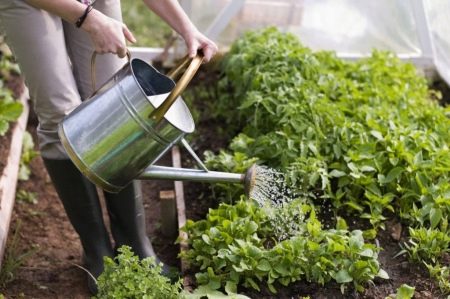

Feeding eggplants in the greenhouse
Indoors, most of the same fertilizers are used as outdoors, with rare exceptions. However, in the case of greenhouses, feeding is much easier, because the weather conditions do not affect the procedure at all.
- 30 g of potassium nitrate is poured into a 10 liter bucket of water. You can water plants with this agent in an unprotected and protected ground.
- 25 g of Kemira-Lux is poured onto a bucket of water. The resulting substance is irrigated at the root.
- A liter of mullein infusion is mixed with 500 g of chopped nettle and 100 g of ash, and then poured into 10 liters of water. After 6 days, when the eggplant feeding is infused, it is filtered and used as directed.
Common watering errors
For these vegetables, it is important to keep the temperature and airing at the same time. This is due to the thermophilicity of the plant. A common mistake is a poorly ventilated greenhouse and high air humidity in it.
To control the parameters, 2 thermometers are installed: in the middle and under the roof of the greenhouse. The vegetable culture will die at temperatures above 40 ° C and below 13 ° C. Pollination and fruit setting will stop. Aphids will multiply.
The next common cultivation mistake in a greenhouse is drafts in it. Plants begin to ache, their growth slows down. To avoid this, ventilation is done correctly: the transom sashes open on one side. If this does not help to reduce the temperature, then watering the rows and paths is carried out.
Useful Tips
Specialists in the field of agricultural technology pay special attention to the problem of watering whimsical vegetable crops in greenhouse conditions.
Despite the fact that summer residents adhere to a strict soil moistening scheme, there is a list of factors that affect the frequency of watering:
- climatic conditions within a specific region;
- plant variety;
- the age of the eggplant;
- acidity and soil composition.
It is necessary to maintain a middle ground. Excess dampness will lead to rotting of the root system and the death of your plant. A deficiency will cause a poor harvest. The soil in which eggplants grow should always be moderately moist.
The plant has heavy pollen. Due to this, it is difficult for a vegetable to pollinate on its own in conditions of high humidity. Some growers advise to specifically shake the plant during flowering or to spread pollen using a brush.
